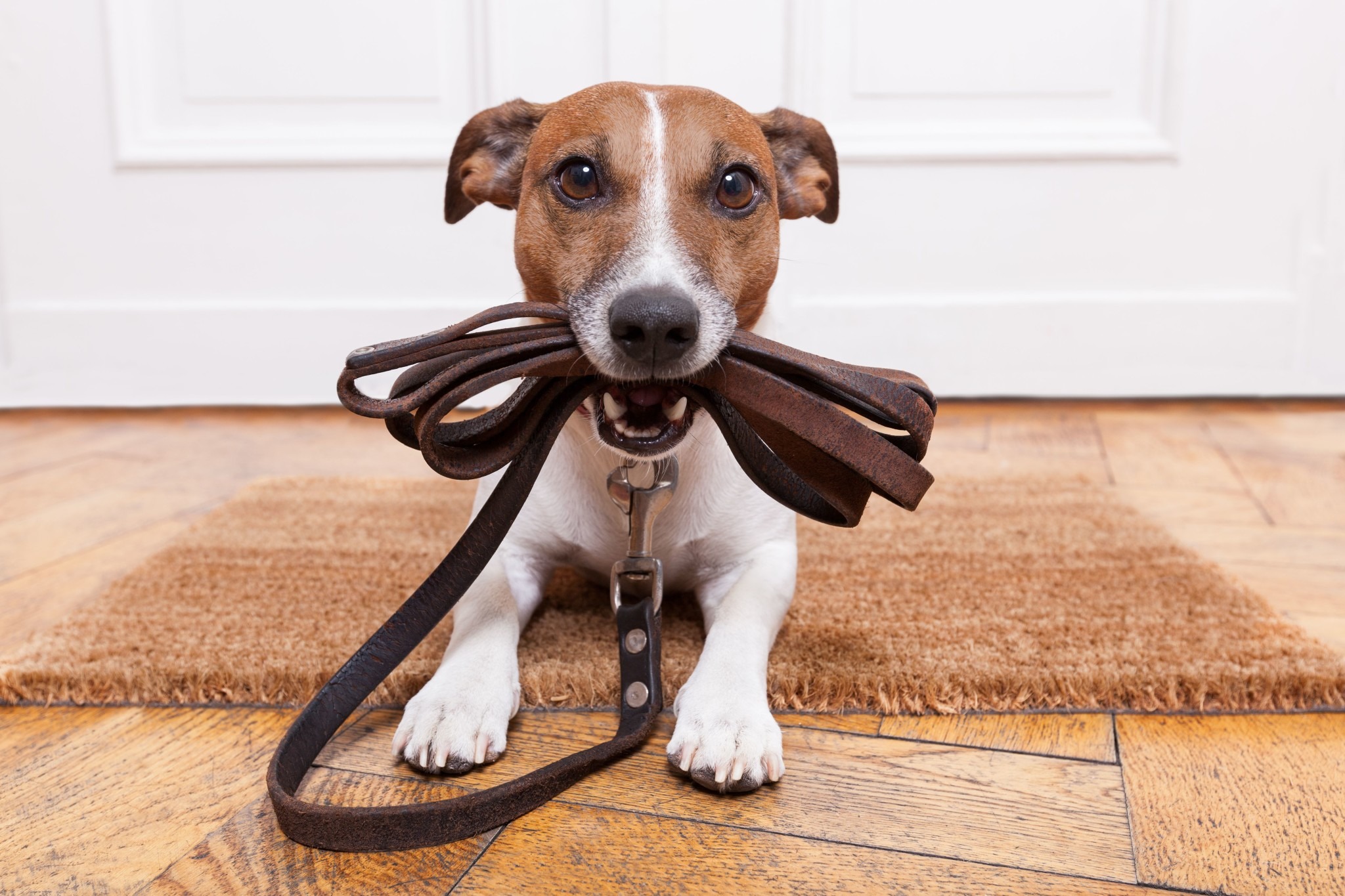
Fears of housebreaking disasters, destruction by chewing, and hair (lots of hair!) flood the minds of most landlords when they hear the dreaded words, “Indoor Pet.” In turn, most landlords prefer to stick to a firm no pets policy – but permitting pets may prove more beneficial than you think.
Allowing pets in your rental property seems counter-intuitive, but with a few key precautions, you’ll keep yourself open to finding the best tenant.
What To Consider Before Allowing Pets In Your Rental Property
It Will Broaden Your Applicant Pool
Fifty percent (or more) of prospective tenants have a pet. If you list a property with a blunt “no pets” clause, you’ve just lost half of your applicants. Some of those people would have made great tenants, but because you’ve eliminated them as candidates, the property will take longer to rent.
Instead, accept occupants with pets on a case-by-case basis. People with good jobs and a strong credit record will not risk their reputation (and their deposit) for a destructive pet.
You Should Screen the Pets First
When people with pets apply, have them send a picture and a description of their pet(s). This allows you to see the animal and get an idea of the owner-pet relationship. Then, you can choose to continue with the applicant or move on to the another candidate. It’s always better to follow a great lead with a pet rather than excluding those applicants from the beginning.
Don’t Forget To Add a Pet Deposit
When you accept a pet, add a pet deposit of $300-$500 in addition to the normal deposit. Usually, you’ll require a deposit equal to one month’s rent. So, if your property rents for $1,500 a month and you add the pet deposit, you’ll have up to $2,000 as a safety net.
If the pet destroys anything, $2k will be plenty of money to cover the damage. By increasing the deposit, you protect yourself against potential harm to the property.
Bonus Tip: Put the responsibility on the tenant to remove any semblance of a pet ever being on the property. Include an agreement for the tenant to steam clean the carpets at the end of the lease. If they don’t, take the money out of their deposit to return the property to its original condition.
Good Tenants Protect Themselves
Good tenants know their pet is part of their renting profile, and if the pet damages that profile, it goes on their credit score. There’s risk involved when a pet comes with the occupant, but in our experience, it’s a risk worth taking. Most people won’t bring in a pet that will do extensive damage. They’ve established personal credit, job history, and rental history. And they won’t risk all of that for a pet.
How You Can Benefit From Becoming Pet-Friendly
Plain and simple: Pet-friendly homes lease faster. Properties that don’t accept pets are an automatic deal breaker for a large group of people. After all, no one’s willing to give away a family member to sign a lease.
If you’re concerned about pet damage, you can always increase your security deposit. Tenants usually want their security deposit back, so they’ll go the extra mile to make sure their pet doesn’t trash your property. And you might be surprised – pets cause a lot less damage than you think if you lease to the right person. Look for responsible tenants who train their pets and know how to take care of them. If you properly qualify families with pets, you can avoid the drawback of damage altogether.
How to Prepare Your Rental Properties for Pets
If you decide you want to allow pets in your rental properties, here are a few ways to prepare for them.
1. Choose the Right Flooring
First, install vinyl floors in the common areas. Sure, the idea of vinyl sounds like a blast from the past, but modern vinyl is impressive. Manufacturers make it look just like hardwood and if it’s damaged, you can remove small sections to make repairs. It looks good and it’s cost effective.
In wet areas, like the bathroom and kitchen, install ceramic for durability. However, you should leave carpet in the bedrooms. Most tenants prefer the feeling of carpet underneath their feet, and since there’s less traffic in the bedrooms, you don’t have to worry about as much wear and tear. Room doors are also a barrier if the resident prefers not to have their pets on the carpet.
2. Protect the Doors from Scratches
Other than flooring, your main concerns are the doors. Dogs tend to scratch at the door before a walk, so install a kick plate (here’s a few examples at Lowes) to protect the surface. You can also go a step further and install a doggy door. It’s a nice touch for dog owners and may even be a selling point for your property.
Is a Pet-Friendly Rental Property for You?
Ultimately, whether you decide to rent to pet owners is a personal choice. But, don’t cast aside the idea without considering the bigger picture. You’ll have less trouble leasing and if you follow a few simple tips, you won’t encounter much damage.
Need help creating a pet-friendly rental agreement for your property? Contact us here.


